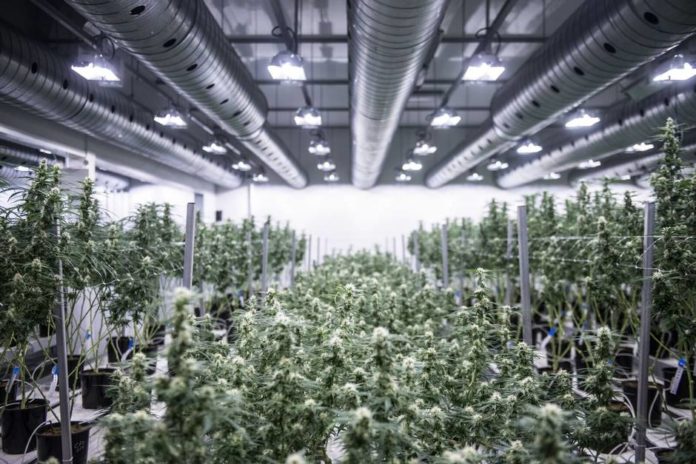In October 2018, the Canadian government passed Bill C-46 and with it, cannabis became legal in Canada.
With legalization, came many regulations and rules pertaining to who can grow, process and consume cannabis.
However, after less than a year of the Cannabis Act being in effect, gaps within the legislation have already come to light.
See also:
- 33 photos from Victoria students’ strike for climate change inaction this afternoon (PHOTOS/VIDEOS)
- BC crabs may be feeding on methane as a way to adapt to climate change
- Protest groups to host rally against Premier Horgan’s “climate crimes” in Victoria
A quick Google search for Canadian cannabis disposal and waste management methods will lead to, well, not much. You are directed to a PDF created by the Alberta government pertaining only to Alberta’s laws, or the main navigation page for the national Cannabis Act.
I spent the better part of two afternoons going through old and new Cannabis legislature, only to find little to no information on how processing facilities are meant to dispose of cannabis byproducts once finished with it.
This may not seem like a pressing issue to the average citizen. Most marijuana users aren’t dealing with the plant in quantities large enough to produce serious amounts of waste. Where it begins to matter is inside processing, extraction, and analytics facilities.
A breakdown of the current guidelines
Cannabis processing facilities work as the middle-man between growers and retailers. It is these facilities that take the raw plant material and turn it into an entirely different product, whether it be oils, topicals, or edibles.
Processing facilities can also provide analytics for retailers. Andrew Wang, head of Micron Waste Technologies, says the Canadian cannabis industry is set to produce 6,000 tonnes of waste by the 2020.
See also:
- Victoria’s first two legal private cannabis dispensaries are now open
- Everything you need to know about becoming a craft cannabis grower in BC
- 10 unique ways to reduce your plastic consumption in Victoria
If the waste is organic, then what’s the problem?
After thoroughly leafing through the Cannabis Act, the only information I could find stated was:
“43 (1) A holder of a licence is authorized to destroy cannabis only
- (a) in accordance with a method that
-
- (i) complies with all federal, provincial and municipal environmental protection legislation applicable to the location where it is to be destroyed, and
- (ii) does not result in any individual being exposed to cannabis smoke or cannabis vapour;”
and,
“ 3(d) They are required to take adequate measures to reduce the risk of cannabis that they possess for commercial purposes being diverted to an illicit market or activity.”
However, no matter how hard I looked, I couldn’t find specifications on the environmental protection legislation in regards to cannabis waste disposal.
Currently, the only specific guideline I was able to locate online on the destruction of cannabis byproducts are presented to retail stores is:
- “Render any excess amount(s) of cannabis unfit for use or consumption prior to disposing of it. One method of disposing of excess cannabis is to blend the marijuana with water and mix it with cat litter, to mask the odour.”
In an information session hosted by Health Canada at the Hotel Grand Pacific on Monday, May 13th, the above regulation was described as “non-prescriptive,” meaning Health Canada expects licence holders to come to them with innovative alternatives.
Resorting to wasteful means of disposal
Due to a lack of waste management alternatives that fall within the current regulations, most cannabis cultivators have resorted to mixing plant waste with other waste and hauling this blend to landfills, where greenhouse gas emissions are released in high volumes.
On an individual level, this could be permissible. On a commercial level, this is a recipe for overloading our landfills, and will almost inevitably lead to an increase in our greenhouse gas emissions.
See also:
- View Royal on track to legalize distribution of recreational cannabis
- Hundreds gather in downtown Victoria for National Youth Climate strike (PHOTOS)
- Victoria panelists to discuss the future of BC marine environments this month
If every moderate-sized processing facility has to double their waste daily, we are setting up an industry ill-prepared to deal with our current environmental and climate needs.
The organic waste produced by a processing facility can be repurposed in many ways. It can be used to create textiles, pulp, housing siding and more.
We are wasting an opportunity to craft the cannabis industry and to grow it with eco-friendly initiatives in mind.
If Canada aims to be a leader and innovator in the international cannabis market, we need to pass laws that support our environment and climate change prevention efforts.


